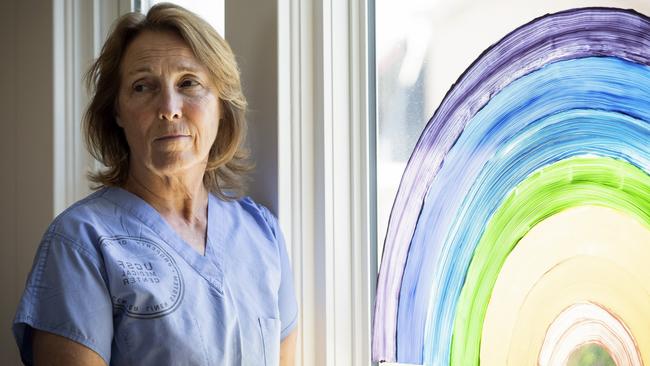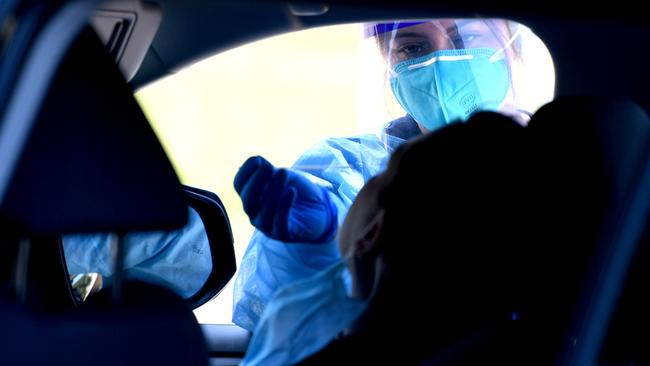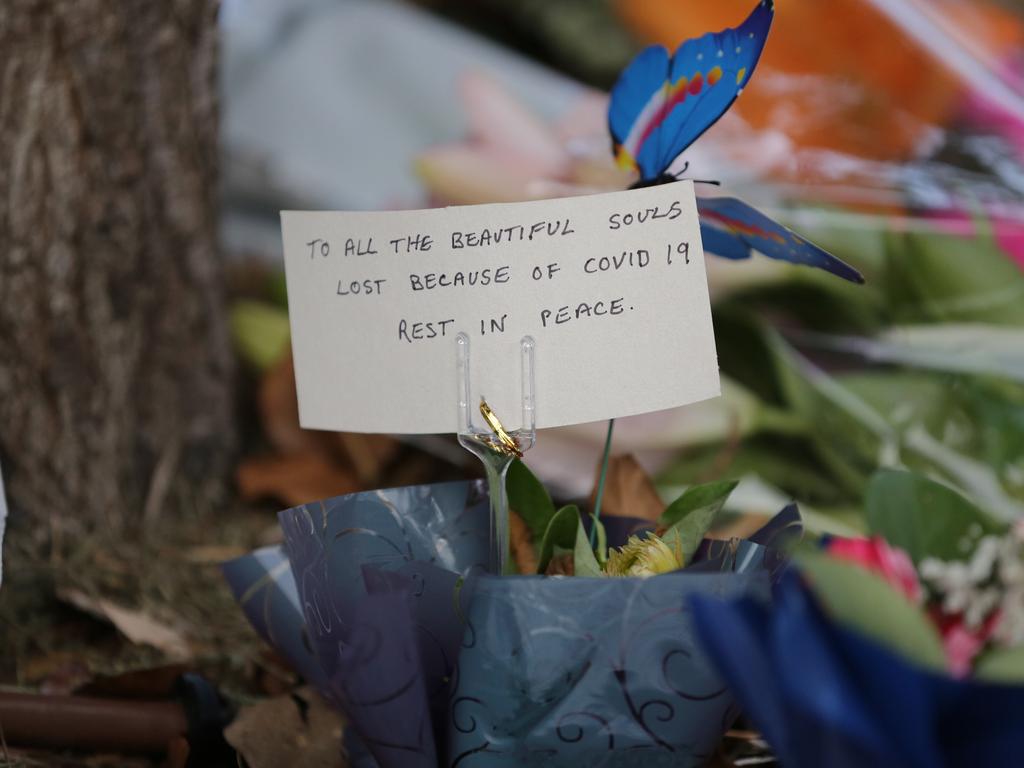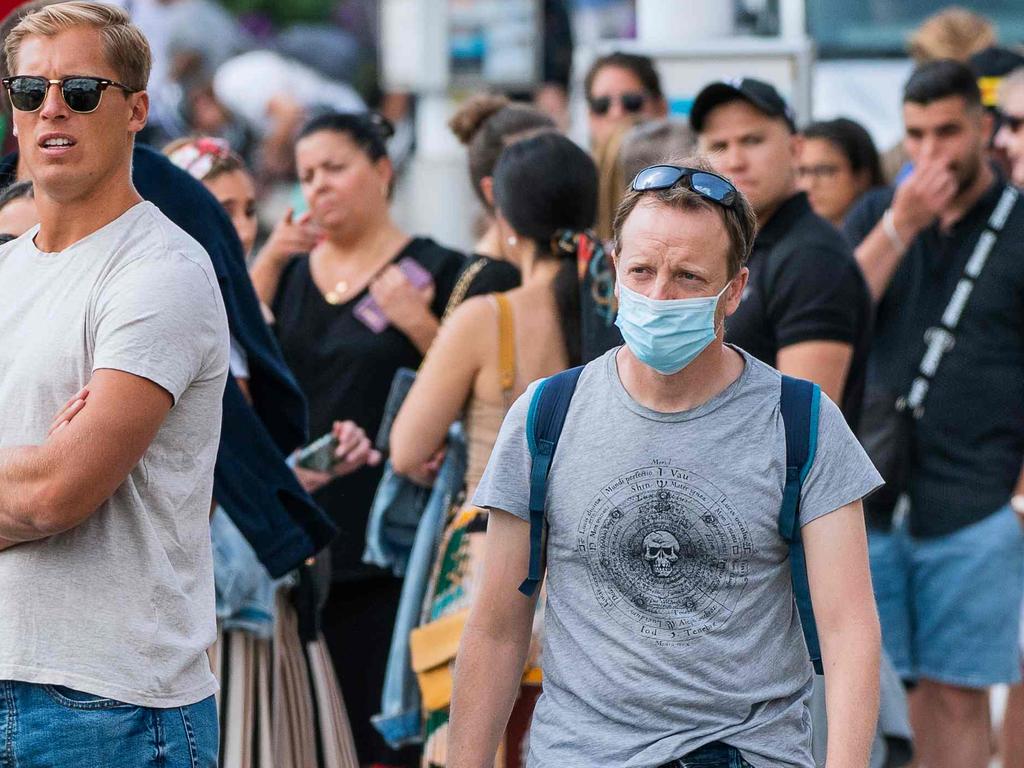Doctor Coleen Kivlahan understands her long-term COVID-19 patients — she’s been one herself
Doctor Coleen Kivlahan is one of the tens of thousands of people who have suffered long-term symptoms from the disease.

As head of primary care at University of California, San Francisco, Coleen Kivlahan sees up to 20 COVID patients some days in virtual appointments. Some got infected months ago, but still have persistent symptoms.
She understands their experience better than most: She has lived it.
Kivlahan, 67, is one of an estimated tens of thousands of so-called long-haul COVID-19 patients. Many had cases initially considered mild or moderate, but months later they still struggle with a wide-ranging battery of symptoms that can include fatigue, chest pain and cognitive issues.
Experts estimate that up to 15 per cent of COVID-19 patients may experience long-term symptoms, though much remains unknown.
Besides the physical toll, long-term patients face an emotional one as well. One frustration they often voice is that doctors don’t believe their symptoms are real, or can’t understand what it’s like to be sick for months with no certainty about when they might get better.
“I’m sure you can’t understand” is something Kivlahan says she often hears from new patients. But she does.
“When it’s appropriate clinically, I tell them my story. It causes tremendous relief. People begin to believe there’s hope,” she says.
She has seen patients virtually since March, and plans to resume in-person care at UCSF’s acute COVID-19 symptom clinic this week. “Because this virus has so many unique ways of impacting the human body, my personal illness has allowed me to reassure and direct care in a special way,” she says.
One of her biggest challenges psychologically was persistently testing positive for the virus for three months, even though doctors didn’t believe she was contagious the whole time. Starting in March, she tested positive for COVID-19 nine times before finally receiving a negative test in June.
“I spent months not being able to hug my kids,” she says, referring to her four adult children. “All that emotion and anxiety absolutely affects our organ systems and increases the stress hormone cortisol. Those things are hard to tease out from the virus effect itself.”
Kivlahan fell ill on March 6. She took a COVID-19 diagnostic test a few days later, but it came back negative. By March 12, she had a fever, severe shortness of breath and terrible night sweats.

She went to the emergency department and took a second COVID-19 test, which again came back negative. Tests showed she had “diffuse bronchitis” as well as another rare respiratory virus.
Her cough worsened; her chest and stomach hurt from the deep coughing. At times Kivlahan felt so weak she had to rest in the shower.
“I was short of breath just sitting there,” she recalls. “I had to lay down with my head down off the bed just to breathe.”
When she went to the emergency room again, she got an EKG to rule out a heart attack because her chest pain was so bad. By March 21 she felt a little better.
But a second wave of symptoms came days later. Her cough returned, along with chills, chest pain and shortness of breath. The next day she went to UCSF’s respiratory screening clinic. She finally tested positive for COVID-19.
A day or two later she noticed she could no longer smell the mint growing in her backyard or taste the hot chocolate she makes every morning. “I’m a bean-to-bar chocolatier,” she says. “I make chocolate. I can’t smell or taste it.”
She finished her will and advance directive for end-of-life care, worried that she would end up in the hospital on a ventilator.
“I packed a bag several times to go to the hospital and just decided I can make it one more night at home,” she says.
Her symptoms continued in April, especially in the evening. “I could not take a full breath, the pressure in my chest was so intense I had to lie very still in bed to avoid breathing deeply,” she wrote in a symptom diary of her illness.
She tested positive for COVID-19 again April 8.
“It was a big emotional backslide,” she says. “It was really the first time I felt like, ‘This is a virus we don’t understand’.”
PCR tests on April 26 and May 4 were again positive.
By late May, she was starting to feel better. She started running up stairs. Good news followed. A June 8 antibody test came back positive. And a June 11 PCR test was finally negative.
“I celebrated by taking a walk outside with a mask on,” she says.
Still, she has lingering symptoms. She still has a mild cough and she hasn’t regained her sense of smell and taste. Every few days she has a strong taste and smell of fire; smelling an odour that isn’t present is known as phantosmia and can be triggered from upper respiratory infections, among other things.
“When the sensation of forest fires come in my mouth and nose and lasts several hours into the night, I have to look outside to see if Northern California is on fire,” she says. “It is very real.”
She’s had some new minor cognitive issues, experiencing occasional word substitutions of common words in casual conversation.
“I interchange p and q,” she says. “Several times a day, I would write the wrong word or say the wrong word.”
But her heart and lung function are near normal, she says, and her energy level is back up. “I’m now 90 per cent,” she says.
She is a patient at UCSF’s post-COVID multidisciplinary clinic, which sees both hospitalised and non-hospitalised patients, says Lekshmi Santhosh, physician lead of the clinic and an assistant professor of pulmonary and critical care medicine at UCSF.
She estimates they have seen about 40 to 50 patients like Kivlahan who have persistent symptoms. “A lot of what we’re seeing is that it just takes a long time to recover,” she says. “But people are getting better.”
Now, Kivlahan is enrolled in a UCSF study exploring why some COVID patients have more severe symptoms while others have little or none. She thinks it’s important to learn more about long-haul illness.
“These are patients who weren’t in the ICU, weren’t on a vent, didn’t die. But they have ongoing symptoms that are just scary and unknown,” she says. “We can learn a great deal about the virus by understanding those lasting symptoms.”
The Wall Street Journal







To join the conversation, please log in. Don't have an account? Register
Join the conversation, you are commenting as Logout